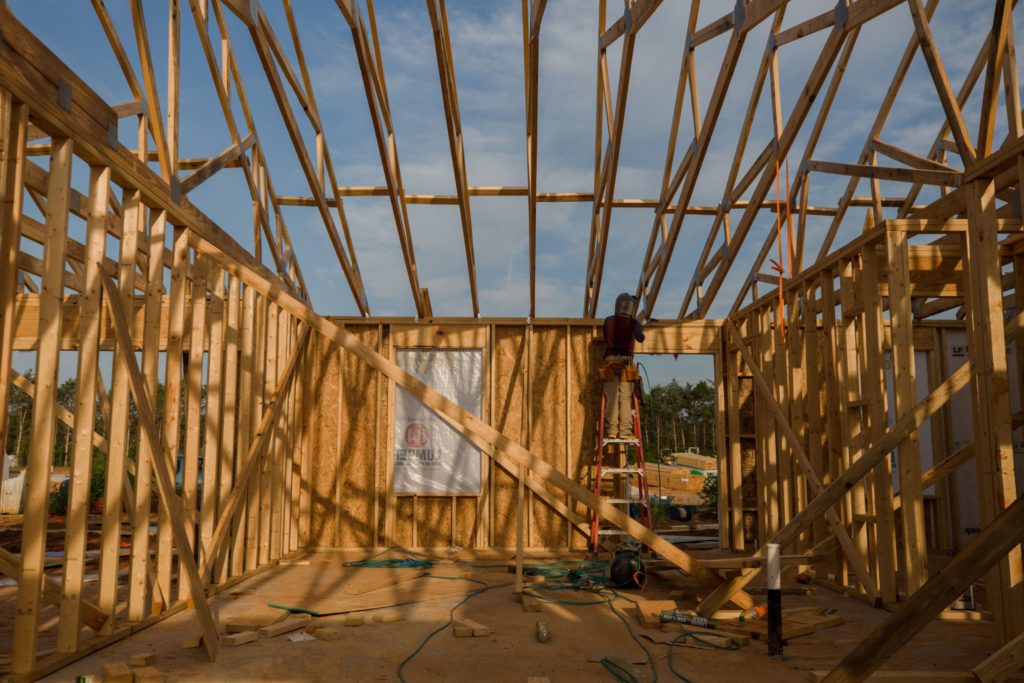(Bloomberg) — New U.S. home construction fell in January for the first time in four months, indicating pandemic-related labor absences and winter weather tempered recent progress on building activity.
Residential starts dropped 4.1% last month to a 1.64 million annualized rate, according to government data released Thursday. Still, applications to build rose to an annualized 1.9 million units, the highest since 2006.
High materials costs and difficulty attracting skilled labor remain headwinds for builders, inhibiting new construction and aggravating home shortages across markets. Moreover, sky-high prices and the recent rise in mortgage rates risk hampering affordability.
At the same time, the increase in building permits and a pickup in the number of homes authorized but not yet started suggests residential construction will remain healthy in coming months.
“Despite a somewhat slower start to 2022, builders have continued to make progress on their backlog of homes, and consumer demand continues to outpace supply,” Kelly Mangold at RCLCO Real Estate Consulting, said in a note.
The median estimate in a Bloomberg survey of economists called for a 1.7 million pace of housing starts in January. New construction fell sharply in the Midwest, probably a reflection of winter. Starts of single-family homes in the Northeast also plunged.
Single-Family Homes
Single-family starts declined 5.6% in January to an annualized pace of 1.12 million units as multifamily starts — which tend to be volatile and include apartment buildings and condominiums — decreased to 522,000.
The number of one-family homes authorized for construction but not yet started climbed 5.6% to 151,000 in January, one of the highest levels in 15 years.
While residential construction will likely be underpinned by growing backlogs, sales could take a hit from higher borrowing costs. A recent survey showed a record-low 25% of Americans said now is a good time to purchase a house.











